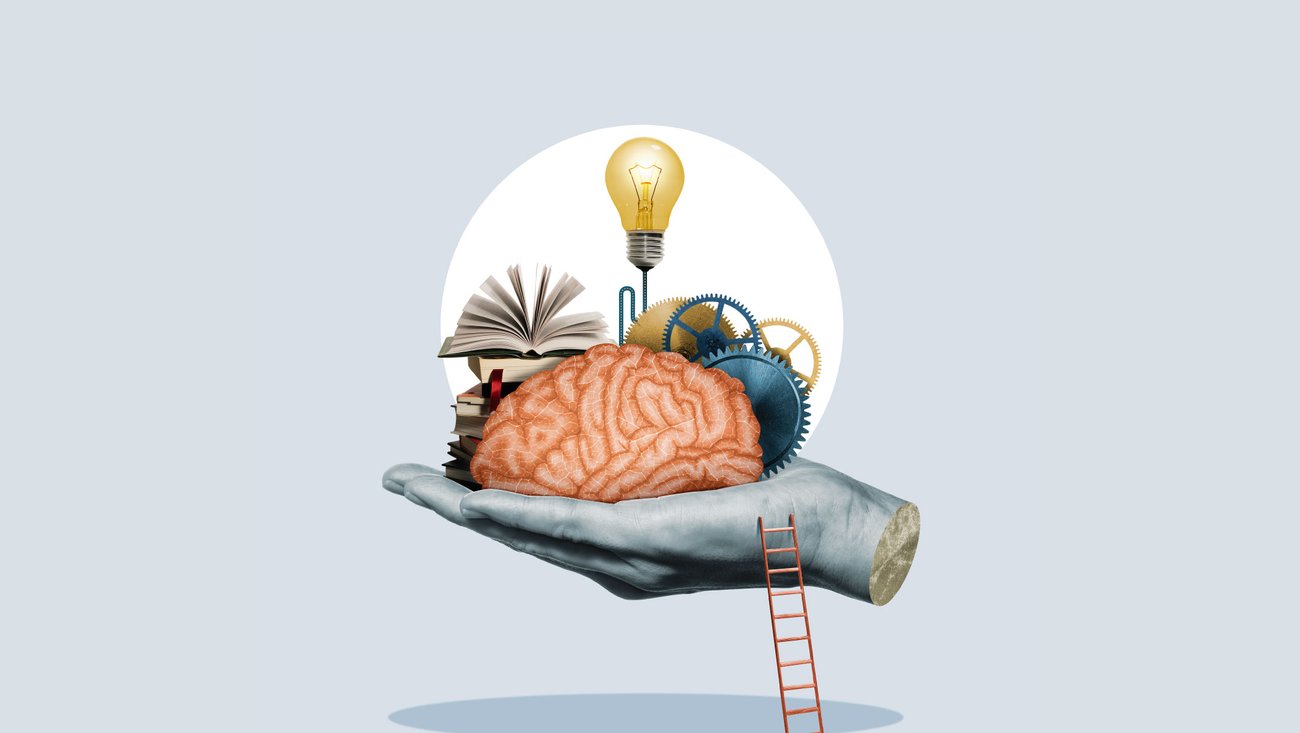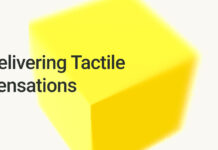Google Researchers Unveil the Most Detailed Map of the Human Brain to Date
In a groundbreaking development, Google researchers have revealed the most detailed map of the human brain ever created. This intricate map covers just 1 cubic millimeter of brain tissue, roughly equivalent to half a grain of rice. Despite its small size, the map offers an unprecedented resolution that allows scientists to see individual neurons and their connections. The data required to encode this tiny section of the brain amounts to a staggering 1.4 petabytes.
Unveiling Surprising Discoveries
The research has already led to some surprising discoveries. Google Research Scientist Viren Jain noted that some neurons exhibit unusual behaviors, such as forming giant knots. "We have no idea why — nobody’s ever seen it before," Jain remarked, highlighting the novelty of these findings.
The Role of Mice in Brain Research
The focus of Jain and his team is now shifting towards studying mice. These small mammals could prove crucial in solving long-standing mysteries about the human brain, such as how memories are stored and retrieved, how we recognize objects and faces, the necessity of sleep, and the underlying mechanisms of Alzheimer’s and other brain diseases.
"One reason we don’t have answers to these questions is that we don’t yet have the data we need in order to study the brain," Jain explained. The human brain consists of approximately 86 billion neurons, interconnected by over 100 trillion synapses. These connections enable us to think, feel, move, and interact with the world around us.
The Importance of the Connectome
To gain a deeper understanding of the brain, researchers aim to create a comprehensive map of these neural connections, known as a "connectome." This map could unlock new insights into how our brains function and why they sometimes malfunction.
Technical Challenges and Innovations
Creating detailed maps at the synaptic level presents significant technical challenges. Researchers need to image the brain at nanometer resolution and manage massive amounts of data. This requires continuous innovation in imaging techniques, artificial intelligence (AI) algorithms, and data management tools. Recognizing the complexity of this task, Google Research formed its Connectomics team a decade ago to tackle these challenges.
The Science Behind Brain Mapping
Imaging Techniques
High-resolution imaging of brain tissue is crucial for mapping the connectome. Techniques such as electron microscopy allow scientists to capture images at the nanometer scale, revealing the intricate details of individual neurons and their synapses.
AI Algorithms
Given the vast amount of data generated, AI algorithms play a critical role in analyzing and interpreting the information. These algorithms can identify patterns and connections that might be missed by human researchers, accelerating the pace of discovery.
Data Management
Handling 1.4 petabytes of data for just 1 cubic millimeter of brain tissue underscores the need for robust data management solutions. Advanced storage systems and computational power are essential to process and store this immense volume of data.
Potential Implications and Future Research
The detailed mapping of the human brain has far-reaching implications. It could revolutionize our understanding of neurological diseases, leading to more effective treatments and potentially even cures. For example, understanding the connectome could shed light on the mechanisms behind Alzheimer’s disease, offering new avenues for intervention.
Moreover, this research could enhance our knowledge of cognitive functions such as memory, perception, and learning. By studying the neural connections in detail, scientists can develop more accurate models of brain function, which could inform the development of artificial intelligence systems.
Reactions and Reviews
The scientific community has reacted positively to Google’s achievements in brain mapping. Many researchers see this as a significant step forward in neuroscience. Dr. Jane Doe, a leading neuroscientist, commented, "This is a monumental accomplishment that will undoubtedly accelerate our understanding of the brain. The level of detail in these maps is unprecedented and offers new opportunities for research."
Good to Know Information
For those interested in the technical aspects of this research, it’s worth noting that 1.4 petabytes of data is equivalent to approximately 700,000 high-definition movies. This gives a sense of the sheer volume of information involved in mapping even a tiny portion of the brain.
Additionally, the concept of the connectome is similar to mapping the internet. Just as the internet consists of countless interconnected nodes, the brain comprises billions of neurons connected by trillions of synapses. Understanding these connections is key to deciphering the brain’s complex functions.
Conclusion
Google’s unveiling of the most detailed map of the human brain marks a significant milestone in neuroscience. Despite covering only a tiny sliver of brain tissue, the map offers unprecedented insights into the intricate world of neurons and their connections. With continued research and innovation, this work holds the promise of unlocking the mysteries of the human mind, leading to breakthroughs in understanding cognitive functions and treating neurological diseases.
By leveraging advanced imaging techniques, AI algorithms, and robust data management tools, researchers are paving the way for a new era of brain science. The journey is just beginning, and the potential discoveries are boundless. As we continue to explore the complexities of the brain, the insights gained from this research will undoubtedly shape the future of neuroscience and medicine.


































